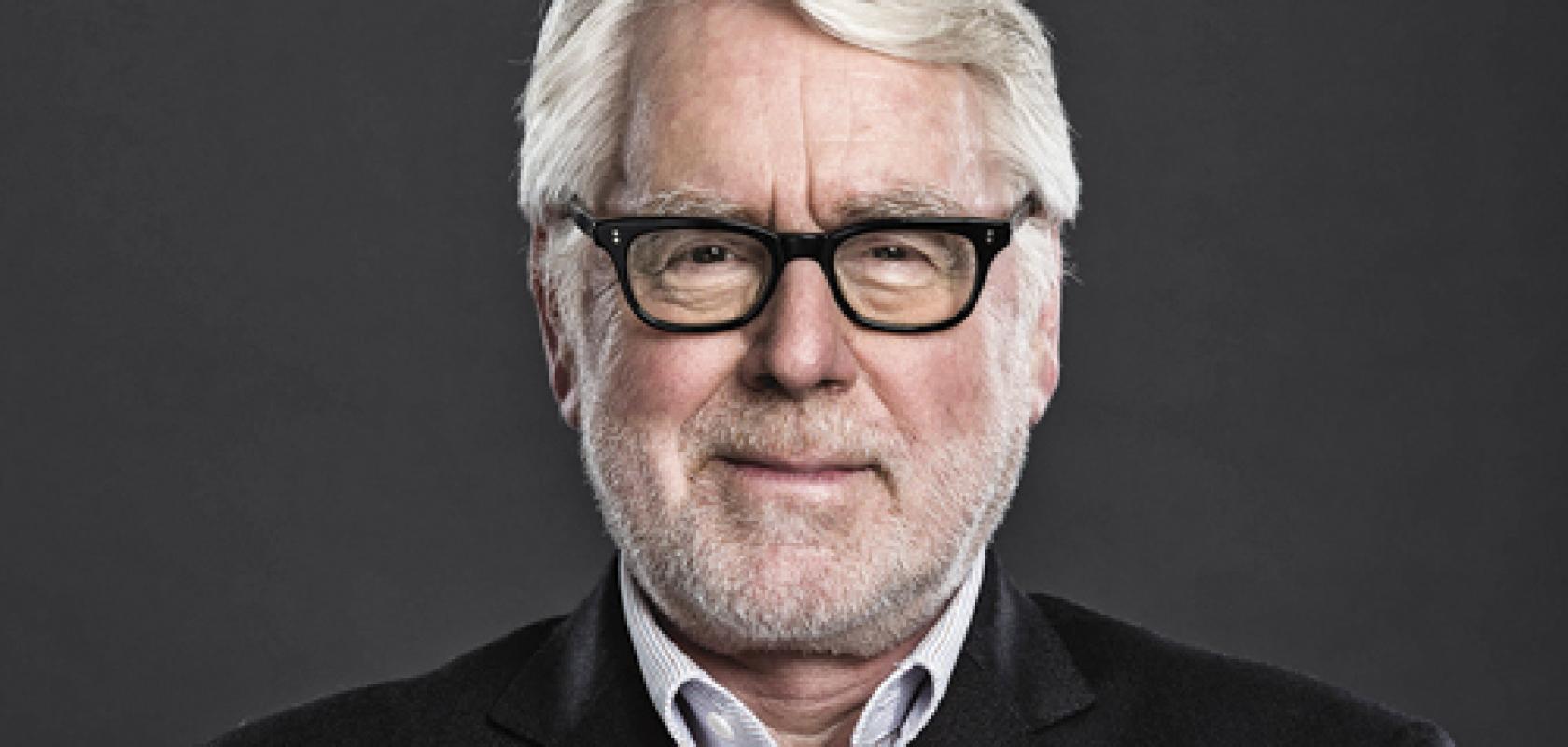What was your first experience with machine vision?
My first experience with machine vision was in 1975, when the company that would become Stemmer Imaging sold its first vision system. The system had a huge rack of bulky and expensive hardware. It consisted of a DEC PDP-11, connected to a 19-inch rack with a frame grabber of 512 x 512 x 8 pixels. The computer memory was only 64kB, and a magnetic tape was included for larger storage. The total system cost about 180,000 Deutsche Marks, around €90,000. The first customer was the Max Planck Institute for Industrial Automation in Stuttgart.
When did you form Stemmer Imaging?
Stemmer Imaging was founded in 1987 and in principle came out of an evolutionary development of the business I was previously working on. As long as computers were big and expensive, the market was very small and only a few research institutes and universities were customers. However, the PC came to market in the early 80s, and as soon it was accepted in the industry, our business picked up strongly. This was the time to launch Stemmer Imaging as a sole, dedicated company for industrial imaging.
How have projects Stemmer Imaging has been involved in changed?
Every project has its challenges. Consider a PDP-11 with 64kB memory: this configuration was very challenging to build a sensible application on. Today, with fast dual processor PCs with gigabytes of memory, life becomes much easier. But with faster systems the expectation of customers has also grown dramatically.
In 1990, Stemmer Imaging started to develop Common Vision Blox (CVB), its set of software modules designed to shorten the time to build applications. This helped vision implementation across many sectors, from typical industrial systems in the automotive industry to the food sector or into entertainment.
What has been your proudest moment?
As you can imagine, in 44 years in business one has achieved many milestones which were significant at the time. The first 10 million in sales; the 25 million mark, the 50 million mark. Now the company is not far from €90 million in sales. But these are only numbers; they are nice to have, because they tell you about the success of your company and your position in the market. However, I was more proud to be part of a very strong team of people, employees that helped me grow this business to where Stemmer Imaging is today. That I have been able to form this strong team, this made me proud.
What advice would you give young vision engineers?
I would give a young engineer this clear advice: come and stay in the industrial imaging business. A job in this sector is guaranteed for life. Industrial imaging has so many opportunities, because this market will find new applications. Whether you are employed or if you have the confidence to build your own business, the industrial imaging industry is a good one to choose.
What are your plans for the future?
Even at 73, I have my plans. In 2008 I founded a foundation with the aim to interest schoolchildren in the natural sciences. For that, I give financial support to primary and secondary schools, or support teachers with hardware for their classes in natural sciences. I dream that my support will help inspire the next generation of engineers and hope that some will end up working in industrial imaging or even for Stemmer Imaging. And, of course, I do have many other more personal plans now that I have finished my business career.


